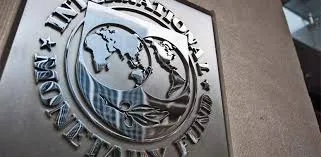
High Debt Costs: Nigeria’s Borrowing Dilemma Explained
The International Monetary Fund (IMF) has raised concerns about Nigeria’s continuous borrowing despite the country’s high debt costs.
As of 2024, Nigeria’s debt-to-GDP ratio is expected to rise to 46.6%, driven by ongoing borrowing to cover infrastructure projects and other government expenses.
This comes amid global economic challenges, including inflation, rising interest rates, and exchange rate pressures, which are pushing debt servicing costs higher.
Currently, Nigeria spends a significant portion of its revenue on debt servicing, limiting the government’s ability to invest in critical sectors.
The IMF emphasizes the need for prudent debt management to prevent unsustainable borrowing, especially with debt servicing consuming a large percentage of the national budget.
This situation, if not managed carefully, could further strain Nigeria’s fiscal health.
